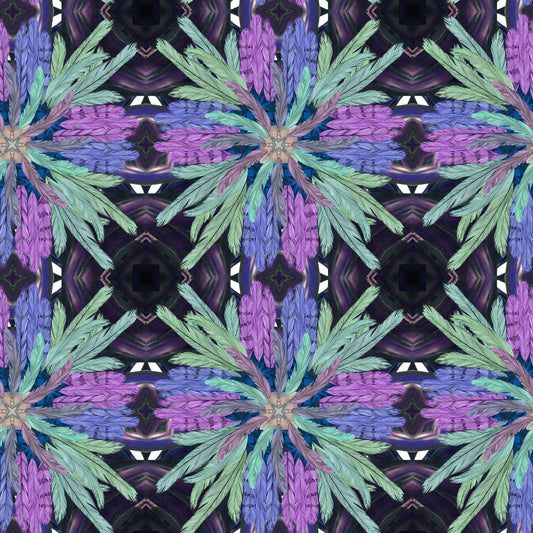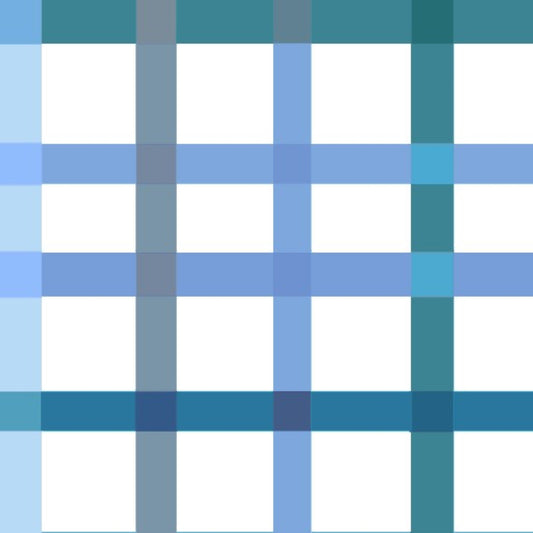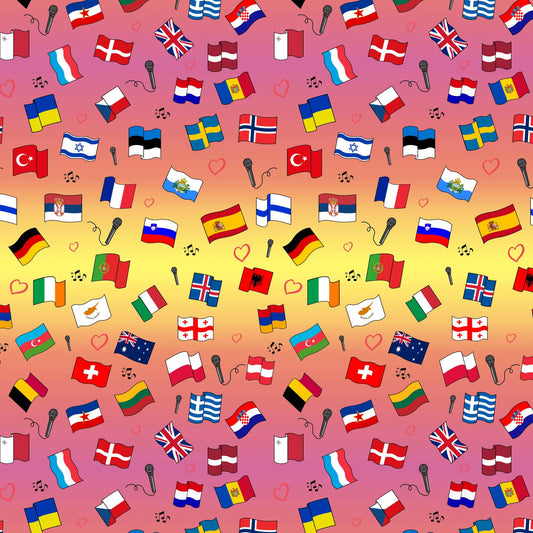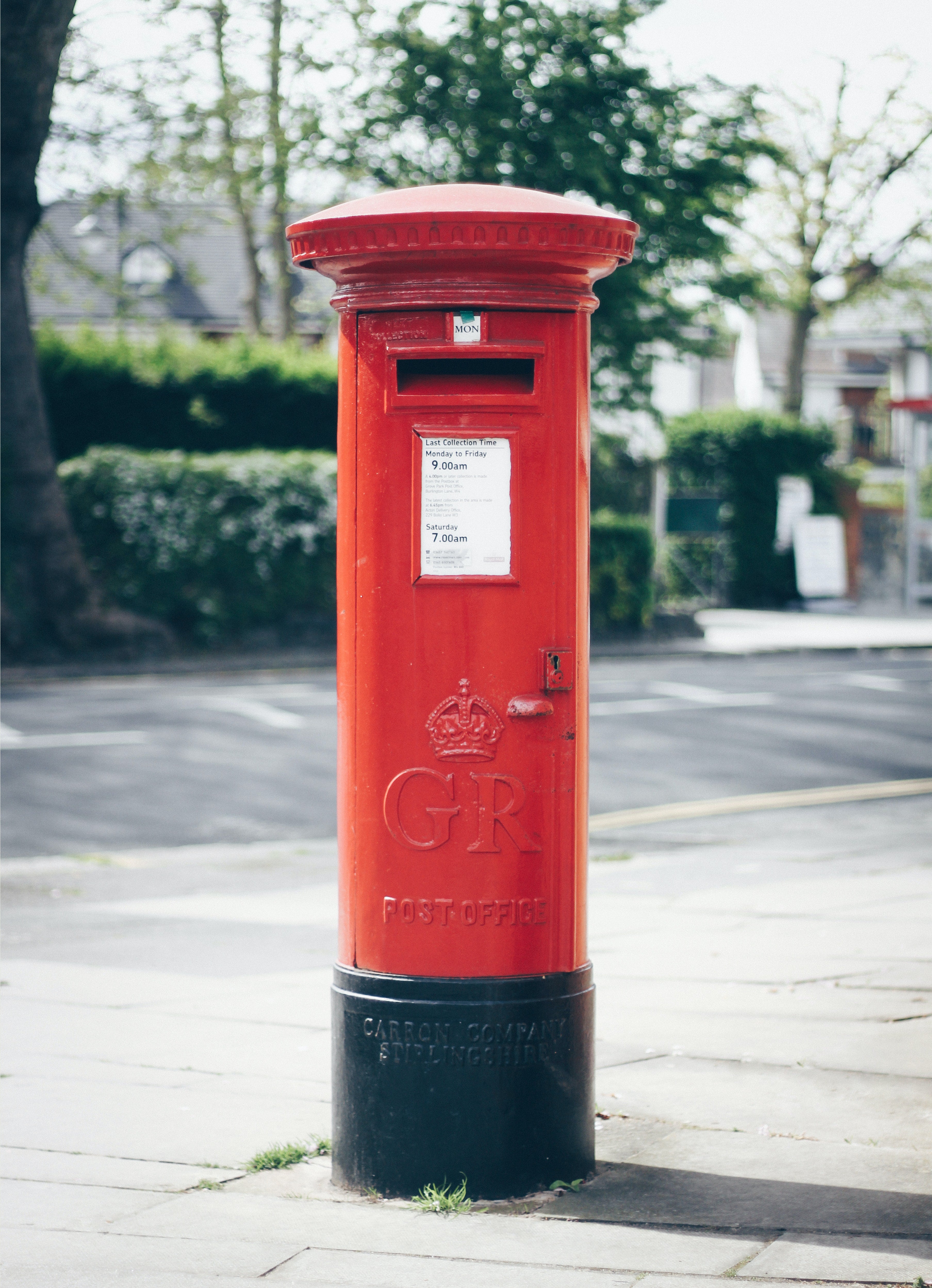Introduction to Fabric Printing: Techniques and Methods Overview
The craft of fabric printing is at the core of the dynamic textile design business, which is a tapestry of boundless invention. The processes for applying graphics onto fabrics have changed dramatically over time, providing designers and manufacturers with a wide range of possibilities to realize their ideas, from the vivid, graphic patterns of screen printing to the detailed, photorealistic designs of digital printing.
In this thorough guide, we'll dig into the world of fabric printing, looking at the history and evolution of this fascinating trade, as well as the numerous approaches and techniques that have helped form the business. Whether you're a seasoned textile expert or a novice designer, this guide will provide you with the information and insight you need to make sound decisions and explore new avenues of creativity.
What is Fabric Printing?
Fabric printing is the method of applying of color, patterns, or designs to textiles, converting ordinary materials into bright, expressive canvases. This procedure can be accomplished via a variety of approaches, each with their own distinct qualities, benefits, and uses. Fabric printing is the transfer of ink, dye, or pigment onto the surface of a fabric, resulting in a permanent and lasting pattern. The desired aesthetic, the kind of cloth used, and the size of production all have a role in the printing technology used.
Explore The Fabric Pod's digital printing services to learn how we can bring your creative idea to life with accuracy and exceptional quality.
The History and Evolution of Fabric Printing
Fabric printing has a long history, dating back millennia, with evidence of early printing methods discovered in many ancient societies. Fabric printing has evolved over time, bearing witness to the inventiveness and resourcefulness of textile artists. Traditional block printing employed hand-carved wooden blocks, while contemporary high-tech digital printers use the same technology.
Block printing is a technique that originated in China and India and is among the earliest known kinds of fabric printing. This was a labor-intensive procedure that entailed cutting wooden blocks with complex designs on them. The blocks were then dipped in dye and pressed into fabric to create a repeating pattern.
With each new printing technique that came around as technology developed, textile designers had more creative options and could use them to further their craft. By the 20th century, screen printing, for instance, became widely used and made it possible to produce vivid, opaque graphics in large quantities. The business was completely transformed with the introduction of digital printing, which allowed for the unmatched accuracy and intricacy of directly applying intricate patterns and photographic images into textiles.
Find out how the bold, superior outcomes of our screen printing services at The Fabric Pod may enhance your textile designs.
Comparing Fabric Printing Techniques
Every fabric printing technique has unique qualities that make it appropriate for various uses and aesthetic preferences. When choosing the best method for your textile tasks, it is essential to comprehend the advantages and disadvantages of various approaches.
Screen Printing
The process of screen printing, which involves applying ink to fabric by pressing it through a mesh screen, is adaptable and popular. This technique is renowned for its capacity to generate vivid, opaque graphics with a uniform, consistent look. Screen printing is a popular option for applications including clothing, household textiles, and promotional products since it works especially well for large-scale production.
Digital Printing
Rather of using screens or other tangible printing equipment, digital fabric printing applies graphics directly into the fabric using cutting-edge inkjet technology. Unmatched accuracy is provided by this technique, which makes it possible to replicate complex, realistic designs in a variety of colors. For projects requiring a high degree of precision and customisation, custom orders, and short-run manufacturing, digital printing is perfect.
Block Printing
In the age-old art of block printing, patterns are carved into wooden or linoleum blocks, which are subsequently dipped in dye and applied to fabric. This process is well-liked for artisanal and sustainable textile items because of its unique, handcrafted look. Block printing is an excellent method for producing goods on a small scale and for creating one-of-a-kind patterns.
Heat Transfer Printing
Printing a pattern on specialized transfer paper and then heat-pressing it onto cloth is a process known as heat transfer printing. With this technique, elaborate, photo-quality graphics may be produced, and synthetic materials like polyester work especially well. Due to its affordability and efficiency in producing small to medium-sized runs, heat transfer printing is a popular option for personalized apparel, accessories, and promotional goods.
Dye Sublimation
Heat is used in the digital printing technique known as "dye sublimation" to transfer dye to polyester-based fabrics. This process creates vivid, full-color graphics that are infused into the fabric permanently, giving the finished product a smooth, flexible, and long-lasting appearance. The ability to generate seamless, all-over prints is widely appreciated in sportswear, home furnishings, and promotional items, where dye sublimation is frequently utilized.
Embroidery
Embroidery is a textile decorative technique that is worth mentioning, even if it isn't precisely a printing process. In this procedure, patterns are sewn into cloth by hand or with the use of specialized machinery. Embroidery is frequently used for branding, personalizing, and producing upscale, opulent items. It also gives textile designs a distinctive, textured feature.
Choosing the Right Fabric Printing Method
The kind of fabric, the intended aesthetic, the production volume, and the budget are all important considerations when choosing a fabric printing method. Each approach has advantages and disadvantages of its own, and the decision will ultimately come down to the particular needs of your project.
For example, screen printing can be the best option if you want to produce strong, visual designs that have a unified, consistent style. Digital printing might be the ideal solution if you need complex, realistic patterns in a variety of colors. Additionally, block printing or embroidery can be the best option if you want to get a distinctive, handmade look.
Consult with The Fabric PoD's team of specialists to choose the ideal fabric printing technique for your project. We'll walk you through the steps and assist you in coming to a conclusion that will realize your imaginative vision.
Unlock the Potential of Fabric Printing with The Fabric PoD
At The Fabric PoD, we are enthusiastic about providing designers, artists, and entrepreneurs with the resources and skills they need to make their textile ideas a reality. We can provide outstanding results that beyond your expectations because to our cutting-edge printing capabilities and in-depth knowledge of fabric qualities and printing methods.
Whether you want to design unique textile items, bespoke apparel, or home furnishings, our team of professionals is ready to help you every step of the way. Working together with you, we'll choose the best printing technique and fabric to make sure your idea is executed accurately and beautifully.












